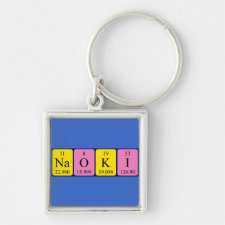
Authors: Matsui J, Akamatsu K, Hara N, Miyoshi D, Nawafune H, Tamaki K, Sugimoto N
Article Title: SPR sensor chip for detection of small molecules using molecularly imprinted polymer with embedded gold nanoparticles.
Publication date: 2005
Journal: Analytical Chemistry
Volume: 77
Issue: (13)
Page numbers: 4282-4285.
DOI: 10.1021/ac050227i
Abstract: Molecularly imprinted polymer gel with embedded gold nanoparticle was prepared on a gold substrate of a chip for a surface plasmon resonance (SPR) sensor for fabricating an SPR sensor sensitive to a low molecular weight analyte. The sensing is based on swelling of the imprinted polymer gel that is triggered by an analyte binding event within the polymer gel. The swelling causes greater distance between the gold nanoparticles and substrate, shifting a dip of an SPR curve to a higher SPR angle. The polymer synthesis was conducted by radical polymerisation of a mixture of acrylic acid, N-isopropylacrylamide, N,N'-methylenebisacrylamide, and gold nanoparticles in the presence of dopamine as model template species on a sensor chip coated with allyl mercaptan. The modified sensor chip showed an increasing SPR angle in response to dopamine concentration, which agrees with the expected sensing mechanism. Furthermore, the gold nanoparticles were shown to be effective for enhancing the signal intensity (the change of SPR angle) by comparison with a sensor chip immobilizing no gold nanoparticles. The analyte binding process and the consequent swelling appeared to be reversible, allowing one the repeated use of the presented sensor chip.
Template and target information: dopamine



Join the Society for Molecular Imprinting

New items RSS feed
Sign-up for e-mail updates:
Choose between receiving an occasional newsletter or more frequent e-mail alerts.
Click here to go to the sign-up page.
Is your name elemental or peptidic? Enter your name and find out by clicking either of the buttons below!
Other products you may like:
 MIPdatabase
MIPdatabase









